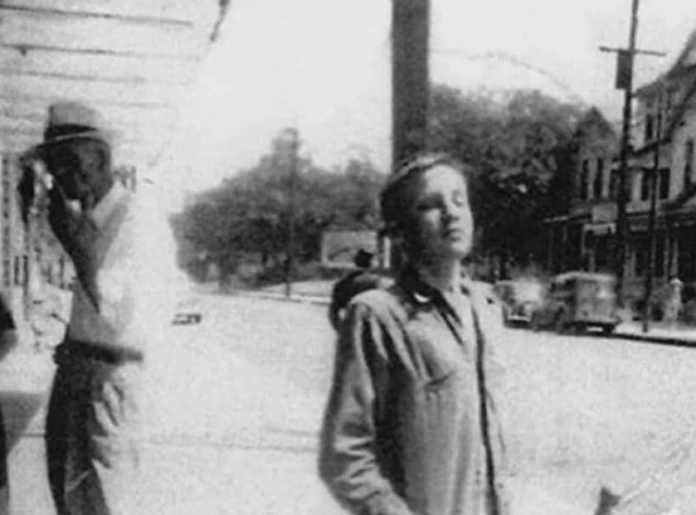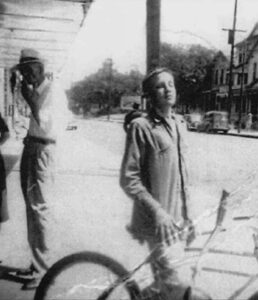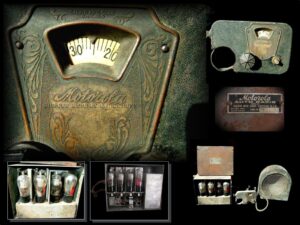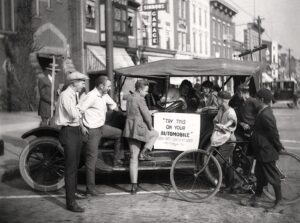By guest writer Brad Krause
Pursuing personal development is a rewarding but challenging journey. Maintaining momentum without burning out requires a strategic approach. You can achieve continuous growth by incorporating self-compassion, reflective practices, diverse resources, structured education, constructive feedback, balance, adaptability, and a focus on your unique path.
Here we explain how to sustain your personal development journey effectively:
Leverage the Benefits of Online Education
Online education provides unmatched flexibility and accessibility. It allows you to study from any location, making it easier to juggle education with other commitments. This setup promotes improved time management and self-discipline. For instance, enrolling in DNP online programs can significantly advance your nursing expertise, equipping you for leadership or teaching positions.
The convenience of online degrees enables you to learn at your own speed, seamlessly incorporating education into your everyday routine. This educational method expands your knowledge while highlighting your commitment to personal growth.
Embrace Imperfection and Learn from Mistakes
Striving for perfection sets an unrealistic standard. Understand that mistakes are a natural part of growth. They provide opportunities for learning and self-improvement. Being kind to yourself during this process is crucial. When you stumble, view it as a lesson rather than a failure.
Self-compassion fuels resilience and persistence, helping you stay motivated without burning out. This mindset shift fosters a healthier approach to personal development, where progress is celebrated over perfection.
Capture Your Progress through Journaling
Documenting your experiences can be enlightening. Journaling about your personal development journey helps you reflect on your progress and identify patterns in your challenges. Writing down your thoughts, goals, and setbacks provides a tangible record of your efforts. Regularly reviewing your journal entries allows you to celebrate small victories and understand your evolving mindset.
Seek Inspiration from Diverse Resources
Expanding your horizons through various media can spark new ideas and motivations. Reading books, listening to podcasts, or watching documentaries introduces you to different perspectives and experiences.
These resources can offer practical advice, inspire new approaches, and provide a sense of community. Immersing yourself in the stories and insights of others can motivate you to continue your journey. Choose content that resonates with you, fueling your enthusiasm and commitment.
Embrace Constructive Feedback
Feedback is a powerful tool for growth. Seek constructive criticism from trusted friends, mentors, or coaches. Their insights can provide valuable perspectives on your strengths and areas for improvement. Constructive feedback helps you see blind spots and refine your strategies.
It’s essential to approach feedback with an open mind and a willingness to learn. This external perspective can accelerate your development, providing clear guidance on enhancing your skills and achieving your goals.
Balance Your Pursuits
Maintaining a balanced life is crucial for sustainable personal development. Don’t let self-improvement consume all aspects of your life. Allocate time for work, hobbies, social activities, and rest.
This holistic approach ensures that you don’t burn out and your growth is well-rounded. Balancing various aspects of your life prevents neglecting important areas, fostering overall well-being. It also allows you to bring fresh energy and perspectives to your personal development journey.
Stay Adaptable
Flexibility is critical to continuous improvement. Be open to modifying your goals and methods as you learn more about yourself and your capabilities. Personal development is not rigid; it evolves with your experiences and insights.
Adapting your approach ensures you remain aligned with your true self and changing circumstances. This willingness to adjust helps you stay motivated and responsive to new opportunities. Embrace change as a part of growth, understanding that your journey is unique and dynamic.
Focus on Your Own Journey
Comparing your progress to others can be discouraging and unproductive. Focus on your journey and celebrate your unique path. Everyone’s personal development timeline is different and influenced by various factors.
Concentrate on your progress and the steps you are taking toward your goals. This focus helps maintain your motivation and prevents unnecessary stress. Acknowledging your achievements, no matter how small, reinforces your commitment to self-improvement.
The Bottom Line
Personal development is a continuous and evolving process. It is crucial to embrace imperfection, document your journey, seek inspiration, and leverage online education. Constructive feedback, balance, adaptability, and focusing on your unique path ensure sustained growth.
Remember that your journey is unique. Celebrate your progress, learn from challenges, and stay motivated. You can pursue personal development without running out of steam by integrating these strategies, fostering a fulfilling and resilient path to self-improvement.









